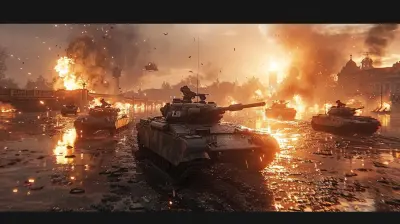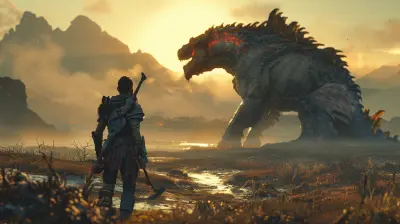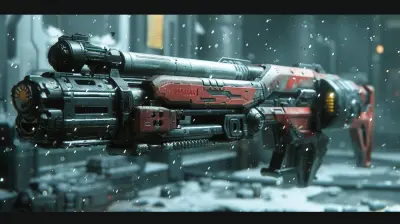Why Some RTS Games Stand the Test of Time
22 May 2025
Let’s be honest—there’s something downright magical about real-time strategy (RTS) games. Whether it's the adrenaline rush of commanding troops in the heat of battle, the satisfaction of outsmarting your opponent (or an overly clever AI), or the nostalgic memories of sleepless nights spent clicking frantically, these games have a way of making our hearts race. Yet, in an industry that churns out flashy new titles every year, some RTS games refuse to fade into oblivion.
But why do some RTS games age like fine wine while others expire faster than a carton of milk left in the sun? Well, my friend, pull up a chair, grab some snacks (pro tip: chips and keyboards don’t mix), and let’s break this down. 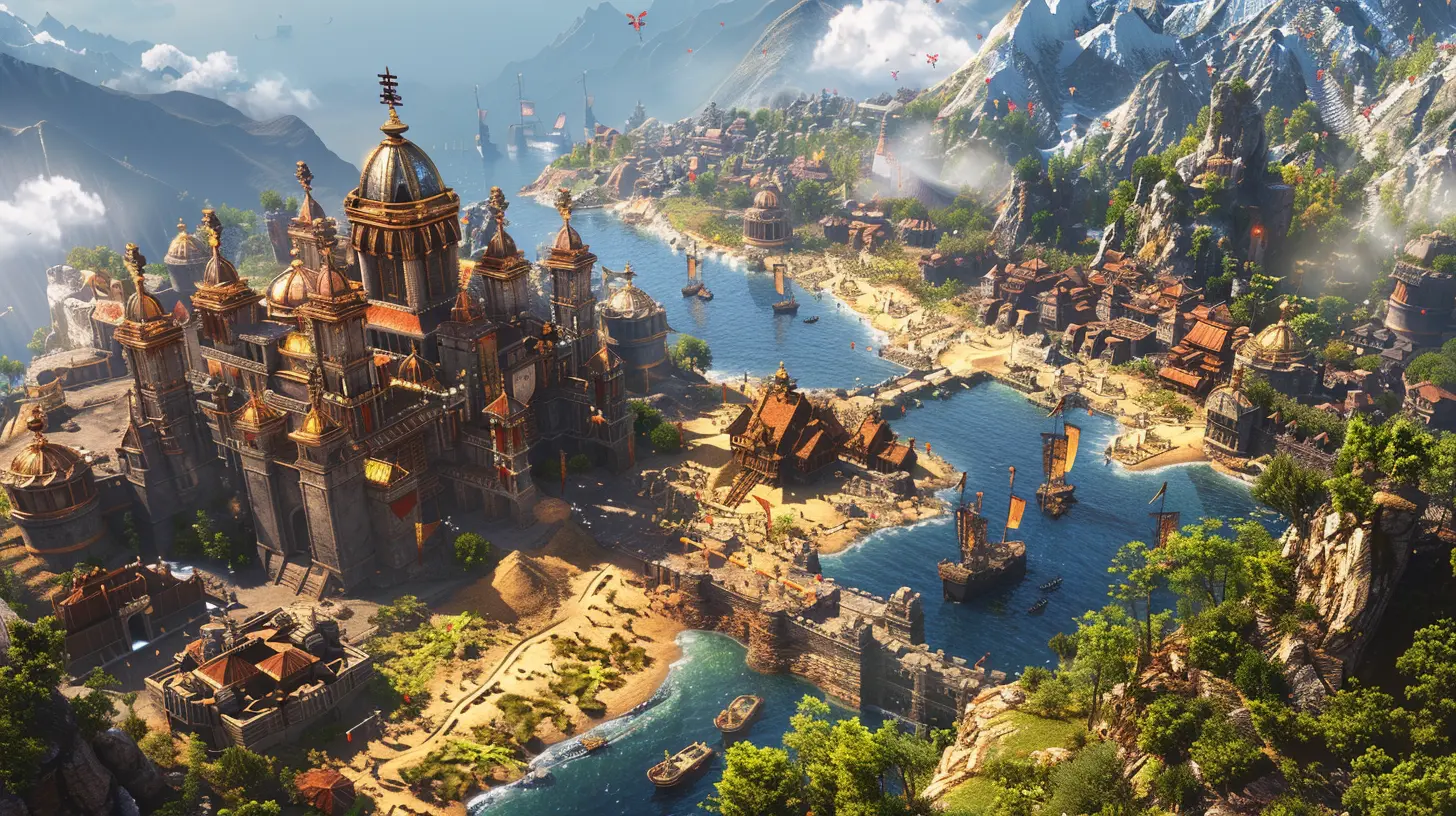
1. Timeless Gameplay Mechanics: When Simple Gets It Right
If there’s one thing that separates the RTS greats from the wannabes, it’s gameplay mechanics that just… work. Ever notice how games like StarCraft or Age of Empires II are still alive and kicking? These games nailed the fundamentals.Take StarCraft, for example. It’s like chess, but faster, sweatier, and with more aliens. You’ve got three distinct factions (Terran, Zerg, Protoss), each with unique playstyles, yet they’re balanced in a way that makes you want to cry tears of joy. It’s complex but not unnecessarily complicated. You don’t need a Ph.D. in theoretical physics to understand it, but you do need a decent chunk of gray matter to master it.
And then there’s Age of Empires II—a game so good that they remastered it again decades later, and people still bought it like it was a hot new release. The reason? It’s the perfect blend of strategy, resource management, and nostalgia. Plus, it taught us that trebuchets are superior to catapults. Life lessons.
The bottom line? These games found a sweet spot between simplicity and depth. They don’t overwhelm you with 500 mechanics that require a flowchart to understand. Instead, they focus on creating gameplay that’s intuitive, addictive, and endlessly replayable. 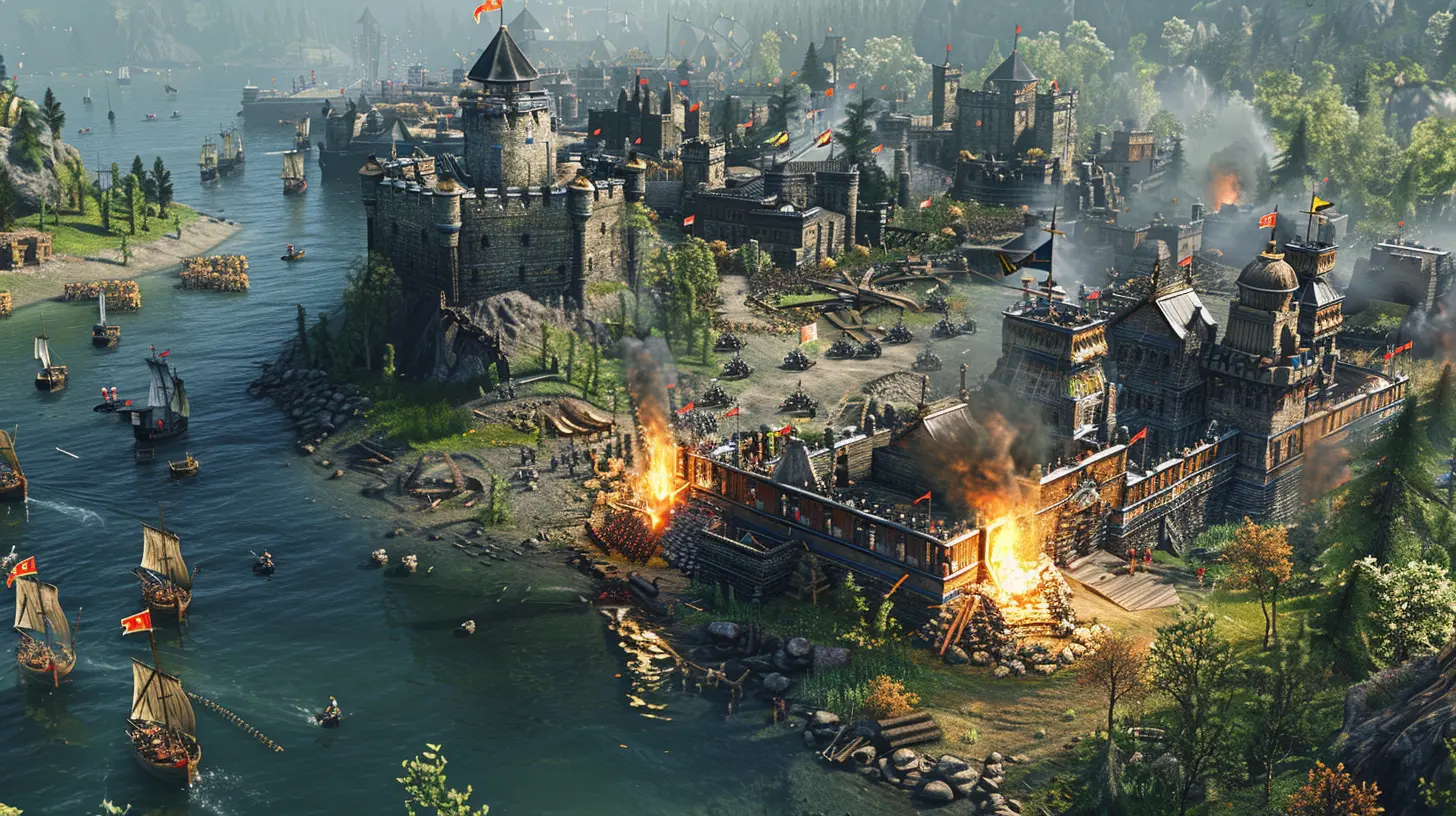
2. The Community That Won’t Let Go (Like, Ever)
You know what’s harder to kill than a cockroach in a nuclear wasteland? An RTS community dedicated to its favorite game. Some of these fanbases are so passionate that they’d probably throw hands with Thanos if he threatened their servers.Take Warcraft III, for instance. This game came out in 2002. That’s old enough to vote, drink, and complain about back pain. Yet, you’ll still find players duking it out in custom maps and tournaments. Why? Because the community keeps the fire alive. They mod, they stream, they create custom content that sometimes becomes more popular than the original game (cough Dota cough).
These communities are like loyal golden retrievers—they won’t let their beloved game go. They’ll organize LAN parties in their basements, flood forums with strategy guides, and even petition developers for remasters. Basically, they’re the glue holding these RTS legends together. 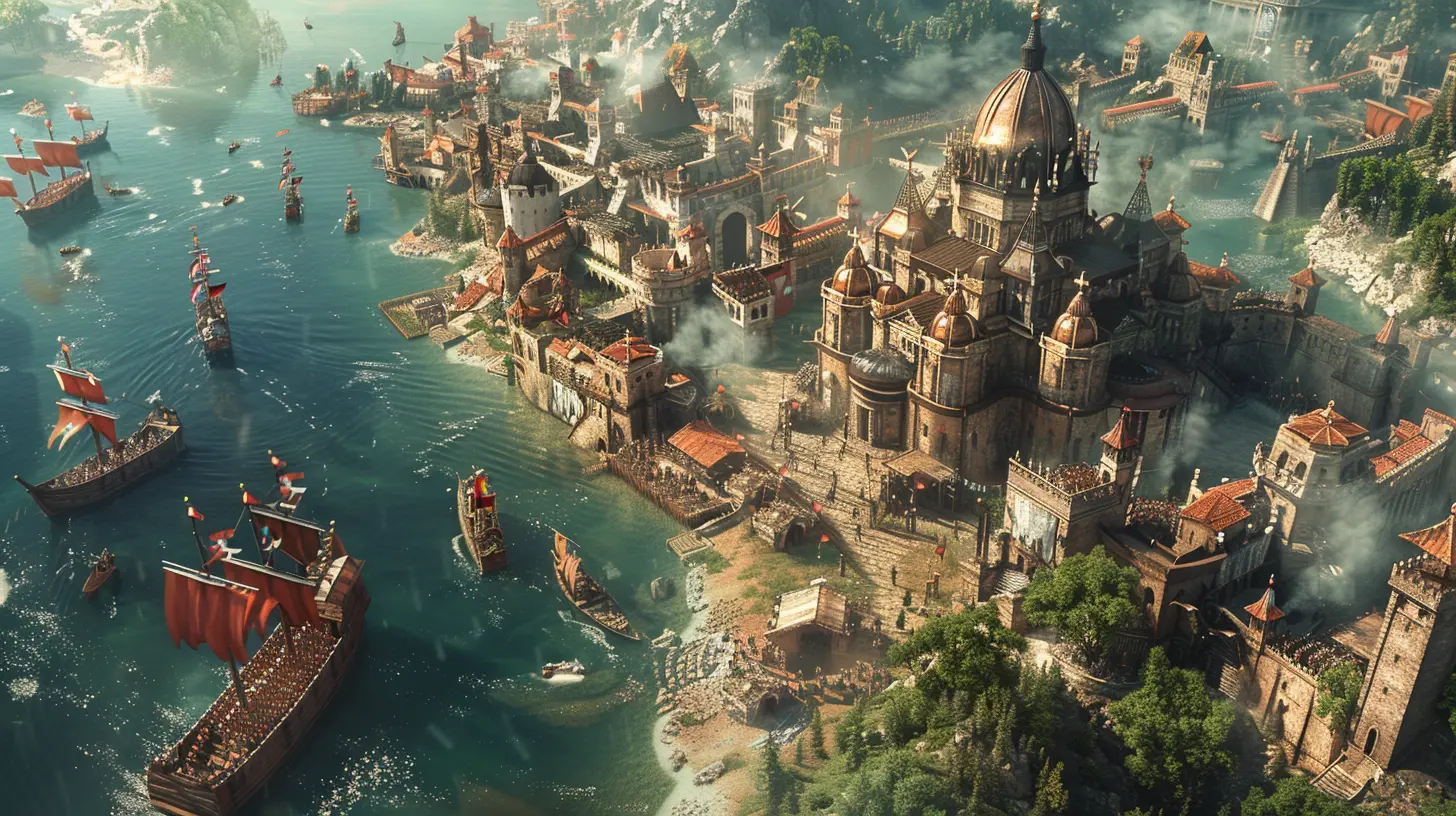
3. Nostalgia: The Sneaky Time Machine
Ah, nostalgia. The silent assassin of our wallets. Admit it—you’ve bought a game on Steam during a sale just because it reminded you of “the good old days.” Nostalgia is one of the biggest reasons why RTS games like Command & Conquer or Stronghold are still relevant.There’s just something about hearing the familiar sound of your units responding to orders. (“Yes, milord!” Anyone else getting goosebumps?) It instantly takes you back to a simpler time when your biggest worry was whether your mom would catch you gaming past bedtime.
RTS games from the golden era of the ’90s and early 2000s have this unbeatable ability to tug at your heartstrings. They’re like old friends—sometimes they crash or lag, but you forgive them because they’ve been there for you through thick and thin. 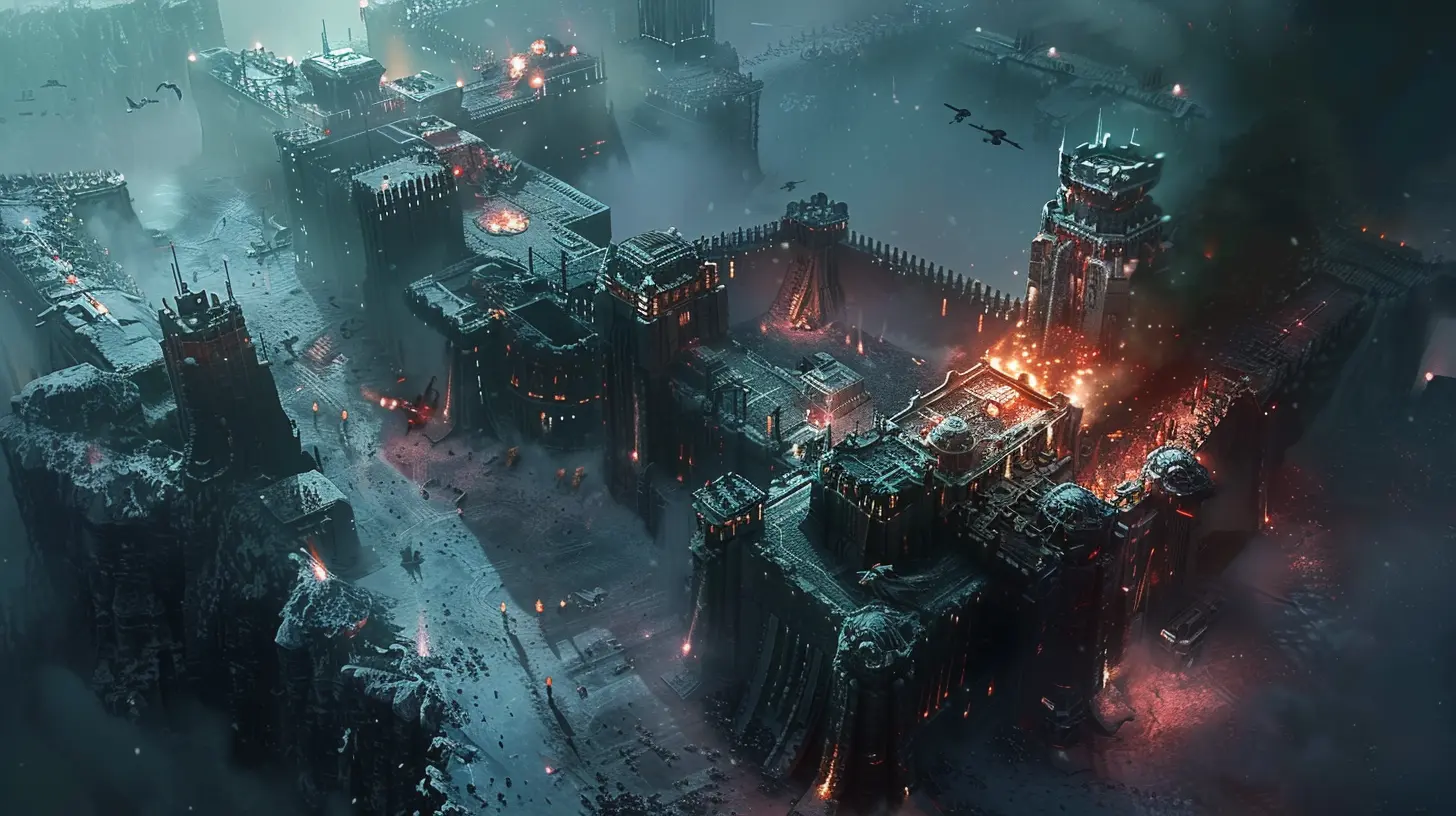
4. Endless Replayability: The Gift That Keeps on Giving
Let’s talk replay value. You don’t just play an RTS game; you commit to it like a long-term relationship. Why? Because every match is different.Even if you’ve played the campaign 47 times (looking at you, StarCraft), you can always hop into multiplayer or try out a new strategy. Maybe this time you’ll rush your opponent with the most ridiculous strategy anyone’s ever seen (“mass workers” build, anyone?). Or maybe you’ll dive into a custom map where you’re defending a castle against endless zombie waves.
The possibilities are endless, and that’s why RTS games stick around. It’s like an all-you-can-eat buffet of fun, minus the regret of overloading on dessert.
5. They Challenge Your Brain (In a Good Way)
Let’s face it: modern games often hold your hand like an overprotective parent. They’ll draw arrows on the floor, highlight objectives in neon yellow, and practically play the game for you. RTS games? Nope. They toss you into the deep end and shout, “Good luck!”And that’s exactly why we love them. RTS games tap into your inner tactician. They force you to think ahead, adapt on the fly, and manage resources like a caffeine-fueled accountant. You’re not just pressing buttons; you’re making decisions that could either lead to glorious victory or spectacular failure.
It’s like chess, but with explosions, and let’s be honest, that’s a heck of a lot more fun.
6. Competitive Esports Scenes That Refuse to Die
Believe it or not, some RTS games still dominate the esports scene. Take StarCraft II, for instance. This game is to esports what peanut butter is to jelly—it’s a classic pairing. Even after more than a decade, it’s still a cornerstone of competitive gaming.Why? Because RTS games offer something that no other genre can replicate: the thrill of 1v1 combat. It’s you versus your opponent, and the only thing standing between victory and defeat is your ability to out-strategize them. There’s no team to blame when things go south (ahem, looking at you, MOBAs). It’s just you, your keyboard, and your questionable decision to chain-expand in the middle of a Zerg rush.
7. Modding: The Secret Sauce
If there’s one thing that’s kept RTS games alive and kicking, it’s the modding community. These unsung heroes take an already great game and make it even better.Want to play Age of Empires II but with Star Wars characters? There’s a mod for that. Need Warcraft III but with anime units? Done. Mods breathe new life into old games, keeping players engaged and entertained for years.
It’s like ordering a burger and getting extra bacon for free. Do you need it? No. Will it make everything better? Absolutely.
8. They Let You Be the Boss
Let’s not forget the ultimate appeal of RTS games: the power trip. You’re not just another foot soldier. You’re the commander, the overlord, the puppet master pulling all the strings.You get to build empires, crush enemies, and manage economies. It’s like being the CEO of a chaotic, war-torn business. Who wouldn’t want that kind of responsibility? (Okay, maybe not the actual responsibility, but the fantasy version is great.)
Whether you’re recreating historical battles or launching futuristic invasions, RTS games let you live out your most Machiavellian dreams. And honestly, who doesn’t enjoy a little world domination every now and then?
9. The Sweet, Sweet Sound Design
You can’t talk about classic RTS games without mentioning their soundtracks and voice lines. These are the little details that stick with you forever.Who can forget the soothing medieval tunes of Age of Empires II or the intense sci-fi beats of StarCraft? And let’s not overlook those memorable voice lines. (“Work work.” “Insufficient Vespene Gas.”) They’re like audio comfort food—familiar, satisfying, and impossible to forget.
Sound design might seem like a small thing, but it’s these subtle touches that make RTS games feel alive.
Conclusion: Why RTS Games Deserve a Crown (and a Trebuchet)
So, there you have it—everything that makes some RTS games timeless. From their addictive gameplay and passionate communities to their endless replayability and glorious nostalgia factor, these games aren’t just classics; they’re legends.Sure, they might not be as flashy or mainstream as they once were, but for those of us who grew up with them, they’ll always have a special place in our hearts (and hard drives).
Now, if you’ll excuse me, I’ve got a medieval castle to defend and a trebuchet to build.
all images in this post were generated using AI tools
Category:
Real Time StrategyAuthor:

Pascal Jennings
Discussion
rate this article
3 comments
Graham McNulty
This article astutely highlights the enduring appeal of classic RTS games, emphasizing their strategic depth and community engagement. However, it overlooks the role of nostalgia and innovation in maintaining relevance. A balanced exploration of both would deepen our understanding of their lasting impact.
June 1, 2025 at 4:22 AM

Pascal Jennings
Thank you for your insightful comment! I appreciate your point about nostalgia and innovation and will consider incorporating these elements into future discussions on the topic.
Darby Taylor
This article beautifully captures the essence of what makes RTS games endure. It's not just about strategy, but the bonds they create among players and the memories forged over countless battles. Thank you for highlighting the nostalgia and the timeless joy these games bring to our lives!
May 30, 2025 at 3:26 AM

Pascal Jennings
Thank you for your kind words! I’m glad the article resonated with you and captured the nostalgia and community spirit that make RTS games so special.
Sarah McNab
Timeless RTS games blend strategic depth with accessible mechanics, fostering engaging gameplay. Their ability to evolve with community feedback and maintain balance keeps players invested and revisiting for years.
May 27, 2025 at 3:17 PM

Pascal Jennings
Thank you for your insightful comment! I completely agree—timeless RTS games thrive on their strategic depth and community engagement, which are key to their lasting appeal.

